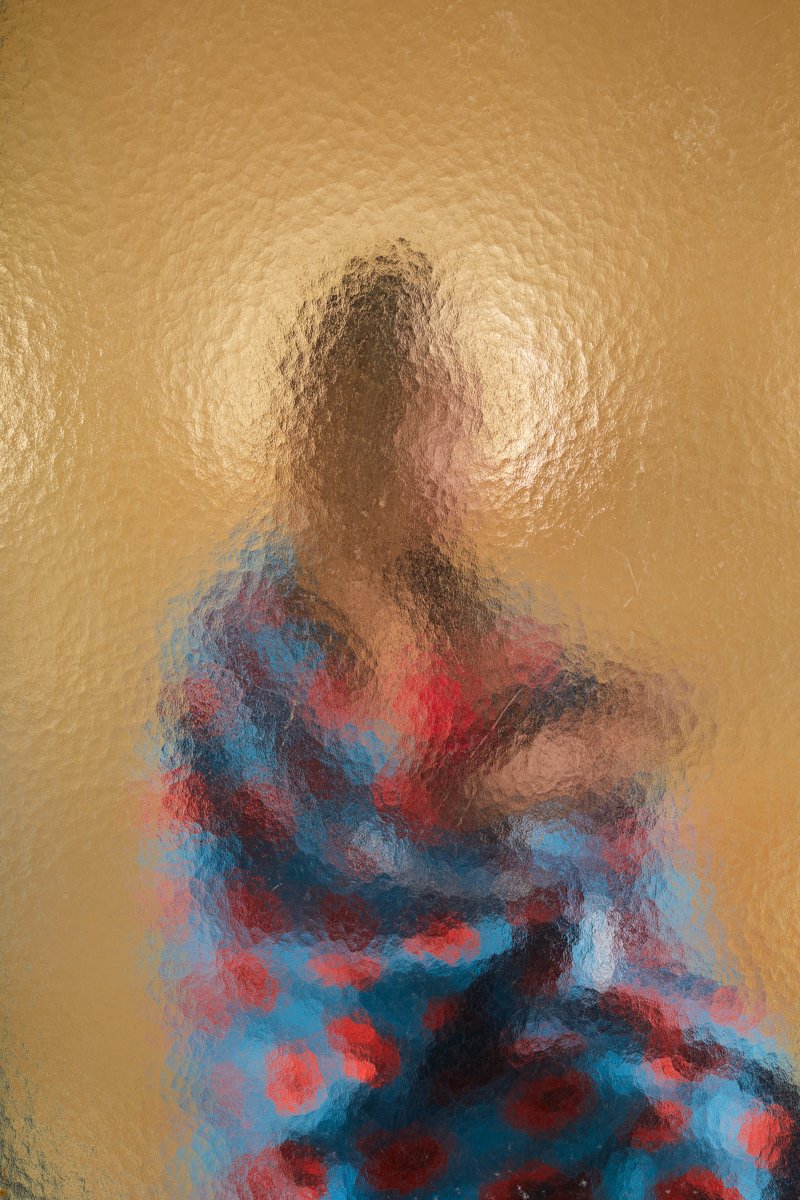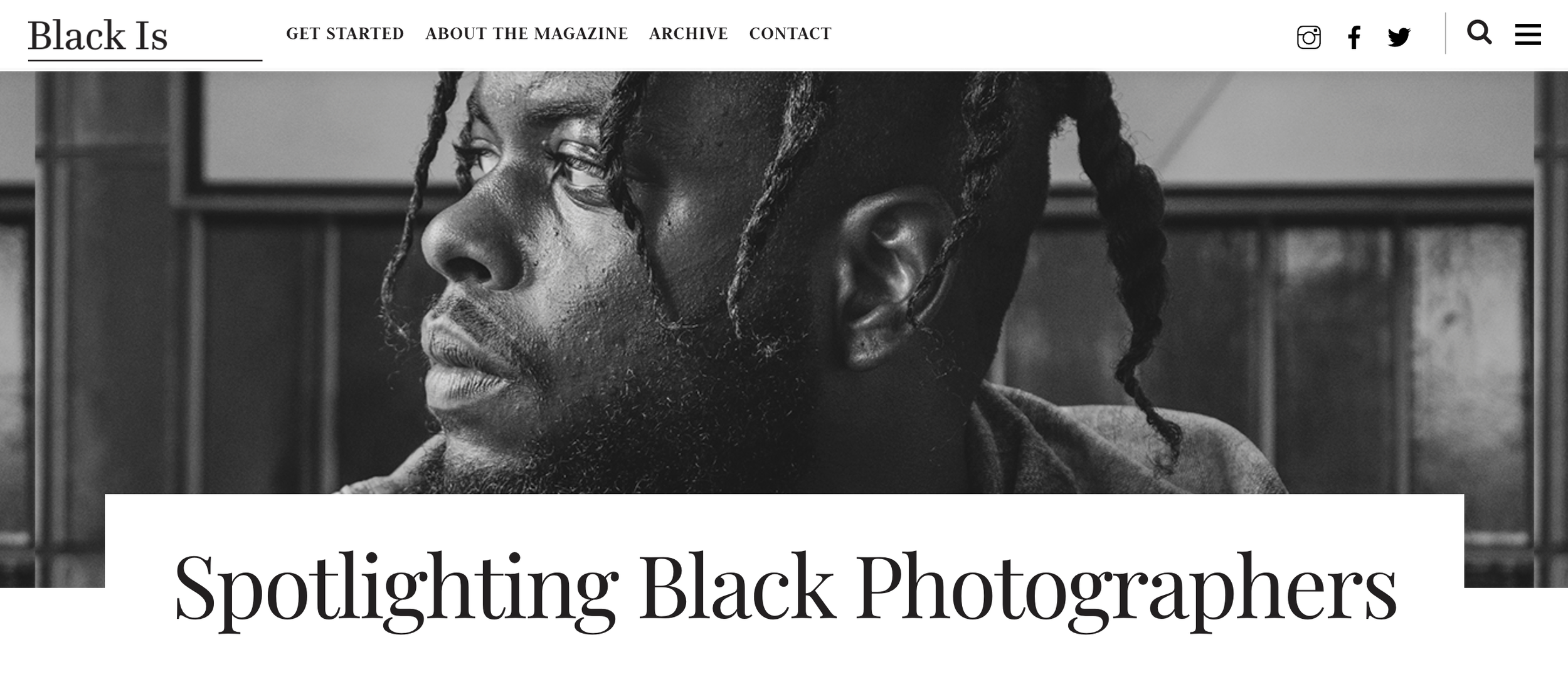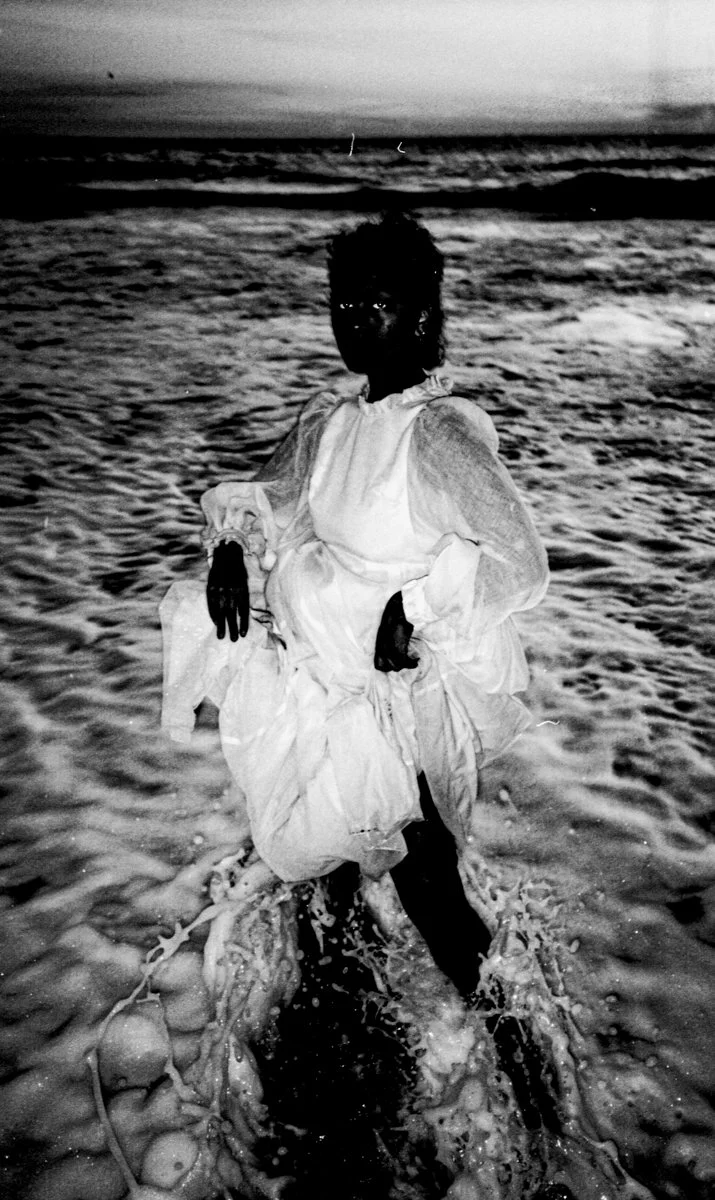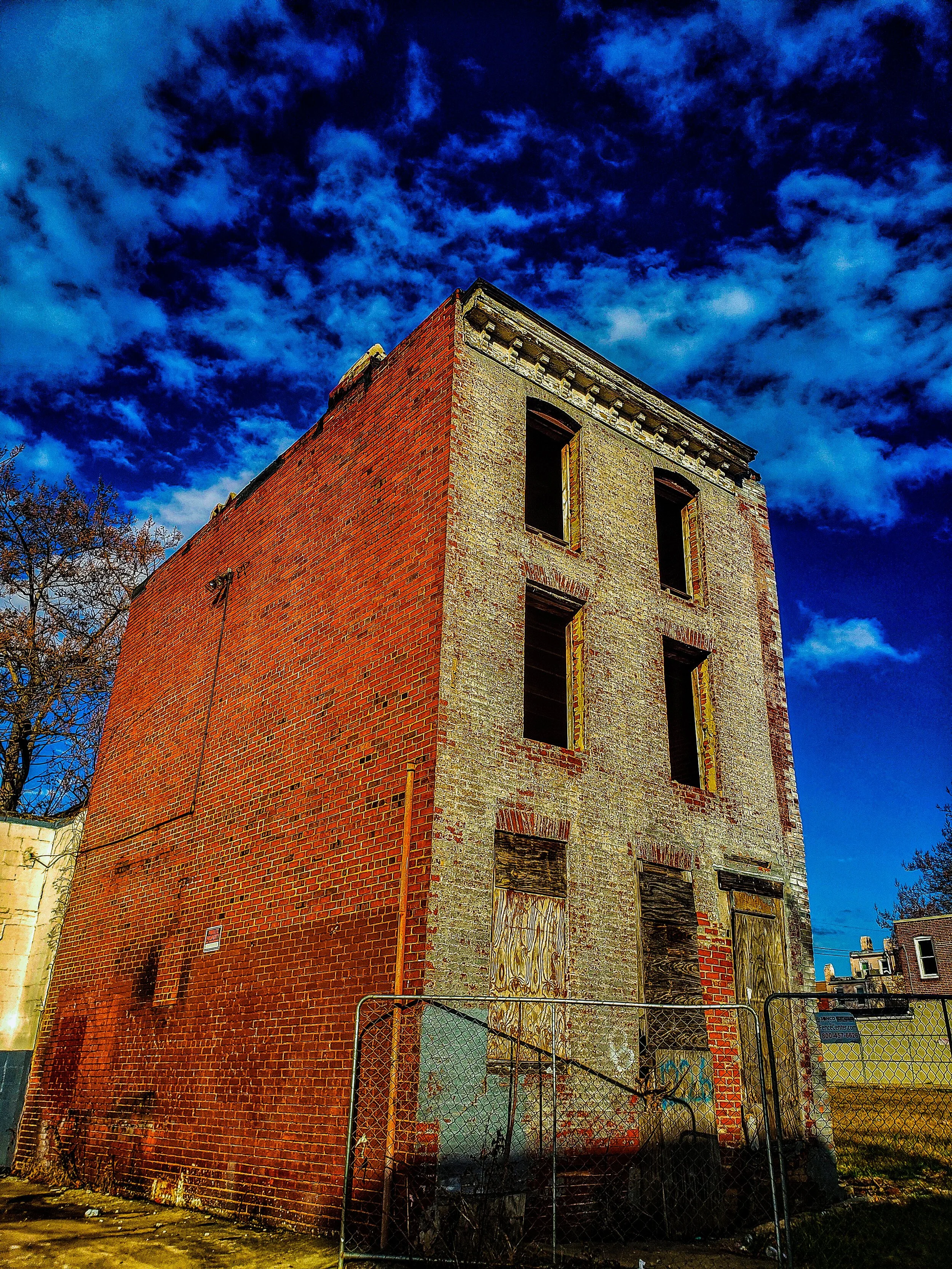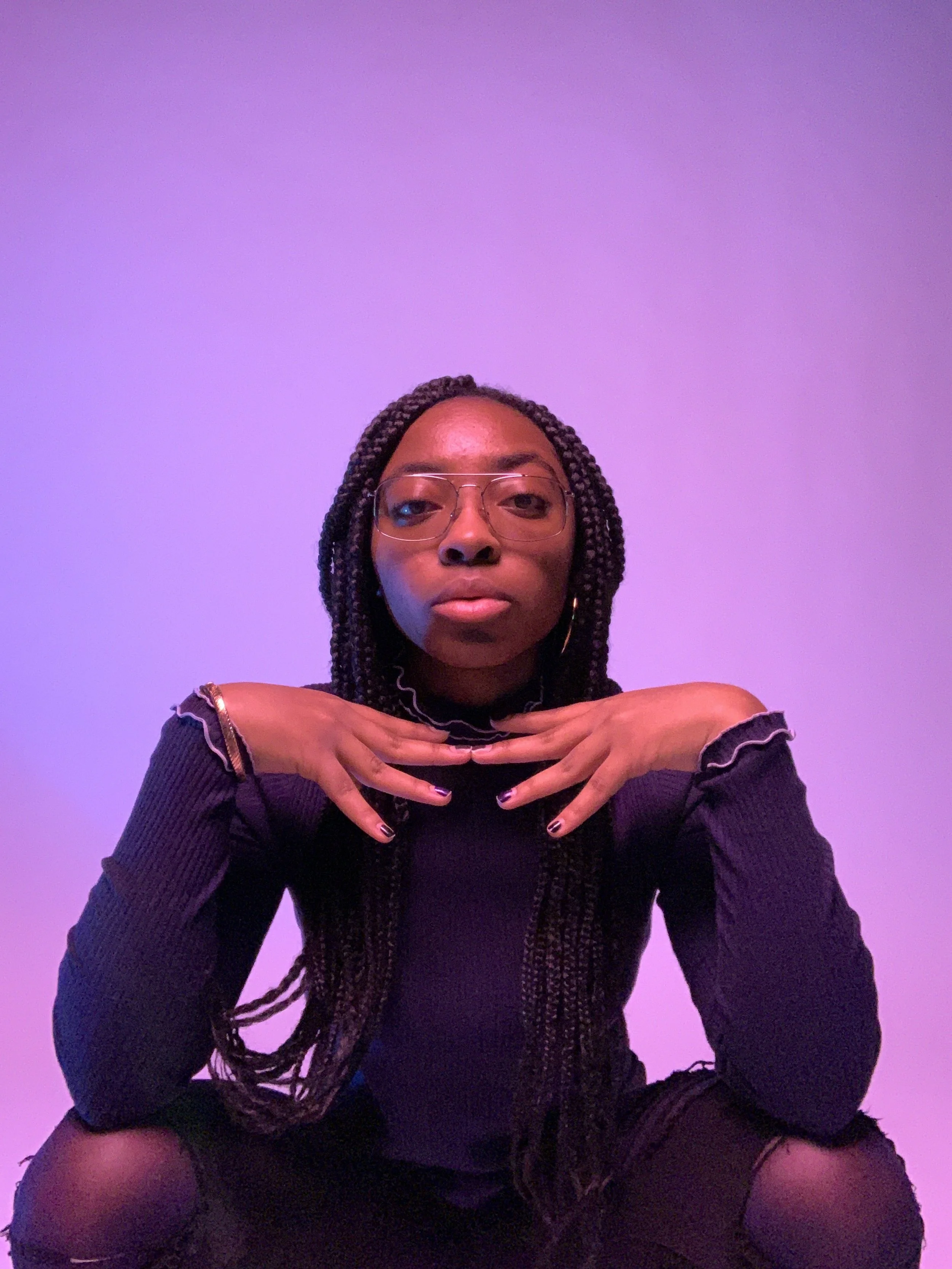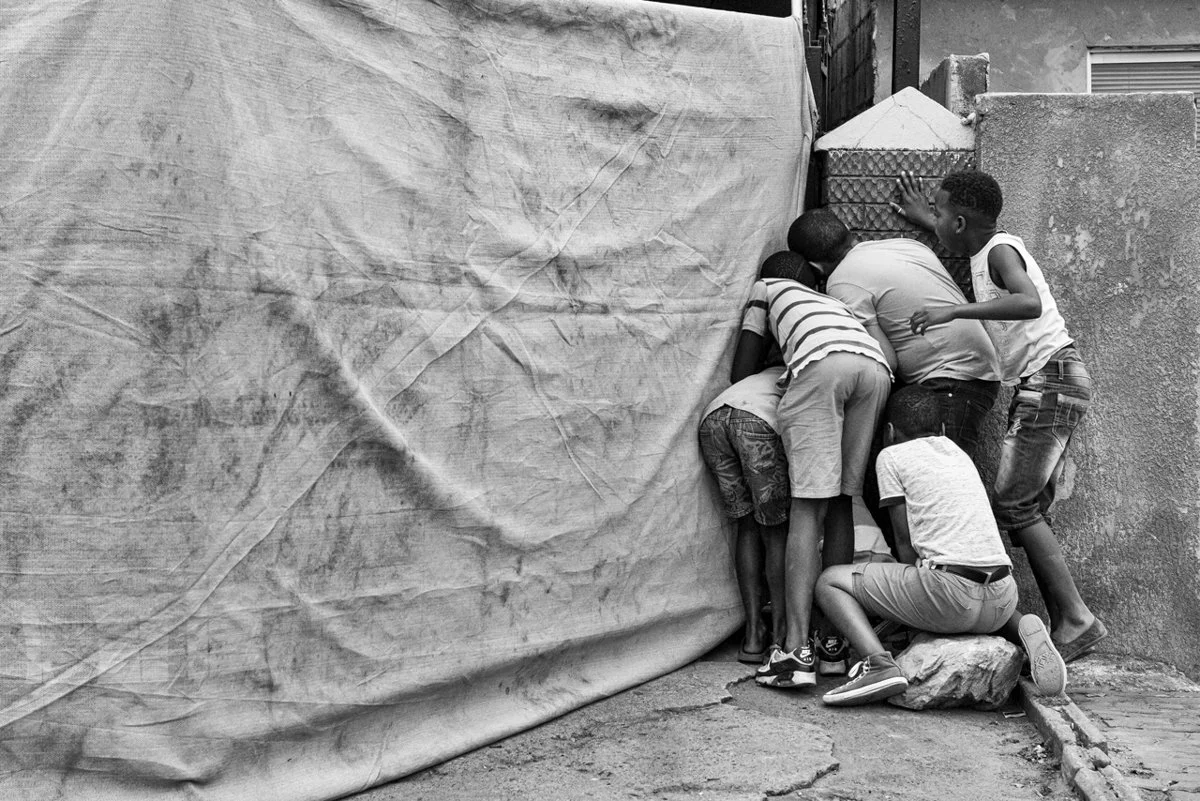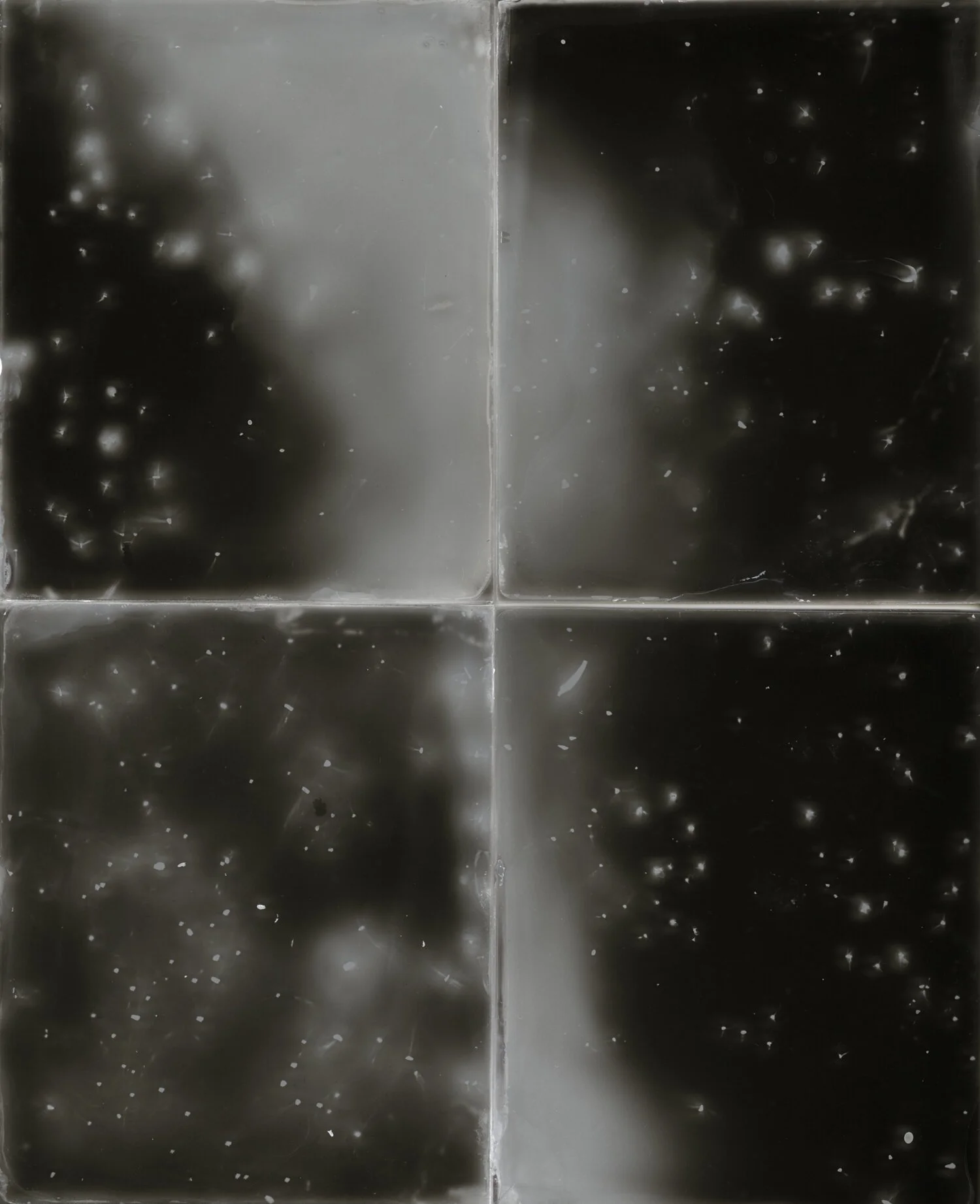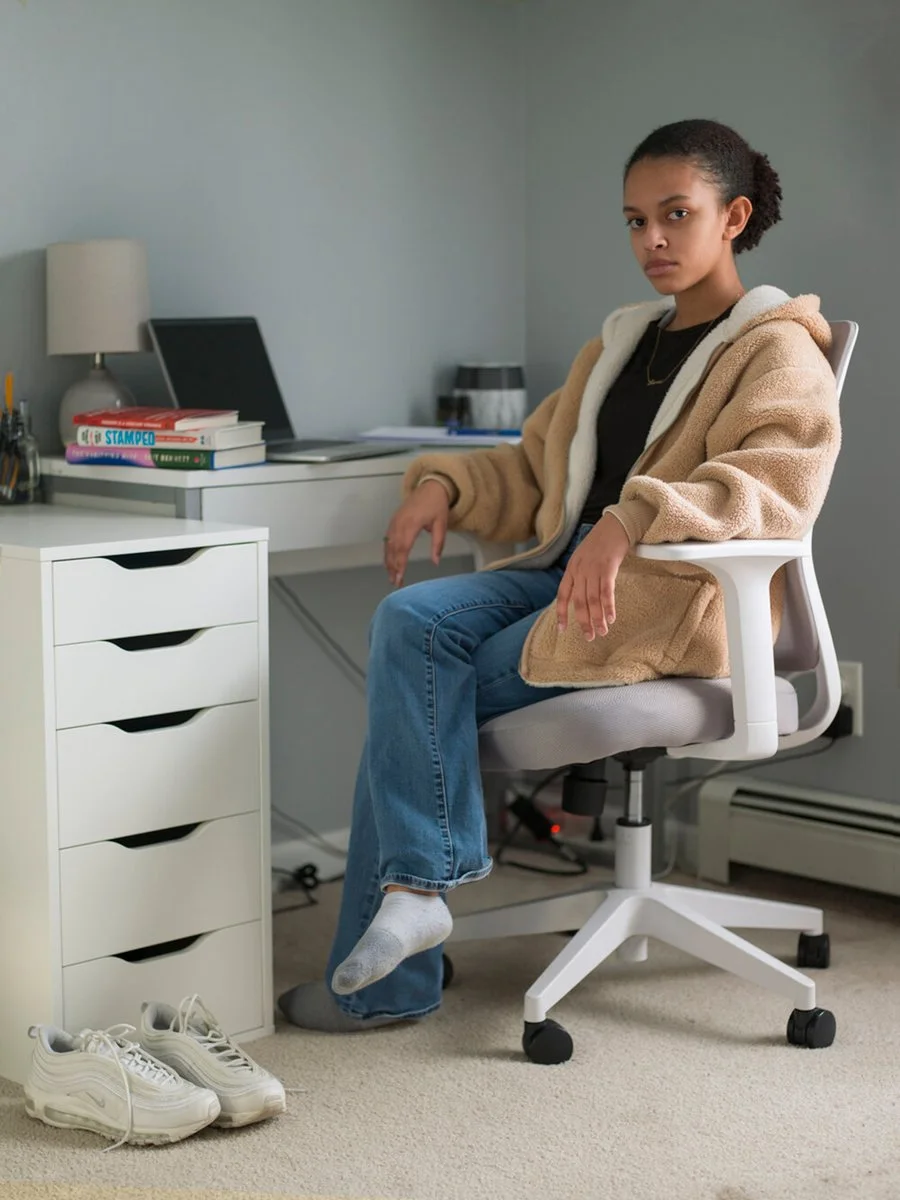© Kahdeem Prosper
A new magazine spotlighting Black photographers recently launched its first brick and mortar exhibition.
Last month a new exhibition opened at The Maryland Institute College of Art: Representation in Relation to Race. Curated by Lia Latty, founder of BlackIs Magazine, the show is the first in-real-life extension of the online platform, expanding upon Latty’s mission to champion photographers from the African diaspora.
It’s an exciting and challenging group of photographers, organized into three exhibition of three photographer each week. In celebration of the show and BlackIs’ one year anniversary from launching, I spoke with founder Lia Latty to learn more about the platform, the exhibition and her goals going forward.
Jon Feinstein in conversation with Lia Latty
Jon Feinstein: This might sound like an obvious question, but for readers just coming to you, how and why did you start Black Is Magazine?
Lia Latty: I decided to start Black Is because it seemed to be something that would be a necessity. How I came about having the idea to start the magazine was when I was looking through MICA’s library one day trying to find photo books by Black photographers. During my search, I came across Kamoinge’s publication The Black Photographers Annual (1973), and I had never heard of them before.
This was in 2019. I researched the group and learned that they were a collective of Black photographers that was formed in the early 1960s in New York City at the height of the Civil Rights movement. Learning that they existed was absolutely amazing to me, and they were historical! I thought the publication they had created for their members at the time was such a revolutionary idea, I knew that it would be a great idea to build off of what they had started and create a modern-day publication that focused on the work of all photographers of the African diaspora.
I did have some hesitancy about starting it at this point in time, because I thought that it wouldn’t be taken seriously enough because I wasn’t that far in my own artistic career, and I’m still a student. I thought that if I waited until later on in my career to start it, maybe 10+ years from now, it would perform better. Happy to say I didn’t follow that train of thought!
© Nykelle Devivo
Feinstein: Oh - I remember learning about the annual from DaWoud Bey a while ago! What was the initial response to your launch?
Latty: The initial response was great. It made me really happy to see the announcement shared around and how people reacted to it. It reconfirmed to me how important this effort really is and why it was needed in the first place.
Feinstein: One thing that stands out to me in your mission statement is "because one experience does not speak for all." And I think you do this such justice in the diverse genres and types of photography you show, as well as the wide range of experiences and cultural backgrounds of the photographers you feature. Can you get into how this drives your editorial process?
Latty: Thank you! From my own personal experience, I’m aware of how one’s identity can be misinterpreted or brushed over with generalizations. Everyone has their own story, and even though some of those stories may be similar, there can still be some details there that can differentiate it. Hence why one experience does not speak for all. When I’m looking for photographers to interview, I’m mainly focusing on the work they’re making and what it’s speaking to, and then I think about how often that one topic has been addressed through photography.
With Shae McCoy’s series on abandoned row homes in West Baltimore, that’s a body of work that sticks out to me in the way that it tackles a subject matter that Baltimore residents are still dealing with for who knows how long, but that it’s a subject matter that isn’t known to many people outside of Baltimore. With Marzio Emilio Villa’s work, it beautifully highlights the individuals that experience the difficult dynamic of being Black and Italian in
Italy, something we don’t often hear about. It’s important to me to put lesser known narratives and issues at the forefront in order to garner more visibility to the matter at hand.
West Baltimore Ruins © Shae McCoy
Feinstein: What are some of your proudest moments with the magazine? Success stories for those who have been featured... anything you care to share?
Latty: So far, my proudest moment would have to be when I received my first two press features for the magazine, both from Humble Arts (editors note: awww, thanks!) and Booooooom.com some months ago. It was yet another reaffirming moment for me seeing the magazine listed with other great platforms that are doing similar work.
Another proud moment would be when I was chosen to be a MICA Work Scholar at Aperture this past summer working within their editorial/books department. I knew that starting Black Is and building up my own publishing and editorial experience helped me be more qualified for that internship, and I’m thankful for it.
© Joseph Jennings Joestar
Feinstein: That’s amazing! Congrats! The past few years have seen a dramatic shift in how many white-led media, brands, and photography organizations reckon with systemic exclusion and lack of diversity. Has this impacted how BlackIs functions and how you think about your mission?
Latty: It has impacted how Black Is functions. When I had the idea to start the magazine and began to develop it, it was during 2020. That was the year the “racial awakening” happened as I like to call it; that was the year people finally started to realize that Black people were still not being treated equally in all aspects, in all industries.
In the art world, we saw Instagram pages appear about problematic work conditions in museums, about art galleries,even art schools. I paid very close attention to the announcements and investigations as they came, because I knew that this would be the world/industry that I’d be walking into post-graduation, and I was very challenged by it. I still am.
Black Is founder Lia Latty
Feinstein: Where do you see this impacting the role and importance of Black Is within the photo world and larger media landscape?
Latty: Once I found out about David Alan Harvey’s sexual harassment allegations and how Magnum Photos did very little in the beginning to enforce disciplinary action, I decided not to list them as a resource on the magazine’s website. That also goes for Burn Magazine. I have very little patience for people and institutions who don’t take the necessary action to condemn someone who has caused harm to the community, especially women and women of color.
This also goes for institutions that don’t reconcile with their past and don’t work towards implementing plans and actions that include everyone from all walks of life. With Black Is, I want to make it clear that I will not support, list, or uplift anyone or anything that, to my knowledge, is problematic.
Besides that, the magazine fills a gap that has not been benefiting Black photographers for a long time, and even Kamoinge knew that when they started their collective. Historically, the publications and institutions that were already established by white people were not doing their due diligence to include the work of Black photographers in those spaces, and it wasn’t until in recent years that they decided to make up for that. Who knows how many Black photographers over the years could have benefited from one write-up? From one exhibition? Black Is will provide that for current and future generations of Black photographers to come, it’s embedded into the mission.
New York City. © Karabo Mooki
Feinstein: Since launching last year, was there a particular interview / photographer that wowed you more than expected/ changed how you think about photography/ representation/ etc more than others?
Latty: Interviewing Granville Carroll definitely gave me that feeling. When I first saw his work I thought it was so visually compelling and different. After speaking with him and hearing his thoughts about Afrofuturism and photography intertwining, it really made me think about the capabilities of photography to help visualize what that type of liberation/freedom looks like. I was also intrigued by his use of abstraction with his work, which I’m exploring myself. I haven’t found too many Black photographers that are experimenting with abstraction in photography, so I hope to find more that are in the future.
Cosmotypes © Granville Carroll
Feinstein: I love Granville’s work - especially his Cosmotypes series. He’s really influenced how I think about making and looking at photographs over the past few years. Back to Black Is: I’m excited about your first IRL show - congrats! Can you tell me a bit about it?
Latty: Absolutely! This is the first exhibition open call for the magazine, which I decided to announce for its one year anniversary. The exhibition is titled Representation in Relation to Race. It examines how one questions, seeks, or creates representation for their people.
With this exhibition, I also want to provide the opportunity for Black photographers who may not have had their first exhibition before. I want to help them build their CV, which is not easy to do when you’re emerging. I received more submissions than I was expecting!
Sarai. February, 2021. © Simone Knox
Feinstein: Any hopes/ aspirations etc for BlackIs in the coming months, years, etc?
Latty: I’m hoping to put out another exhibition open call in the summer, and I aspire to receive enough funding to start producing a physical publication that people can hold. I want to grow the readership, align with strategic partners who share the same values, and develop a subscriber base. I want to develop and expand the reputation of Black Is as a platform that showcases Black photographic artists. As you can see, my plate is full!
Feinstein: Thanks so much for your time and thoughtful responses! What's the best way photographers can get featured in BlackIs? Any advice to those thinking of getting in touch?
Latty: Being on social media definitely helps, especially Instagram. Besides interviews, I like to feature work on the magazine’s Instagram as well as another way to increase visibility for someone. There are also submission guidelines on our website, and those submissions can be sent via email.

